Home>Gardening & Outdoor>Landscaping Ideas>When To Seed Grass In Ohio
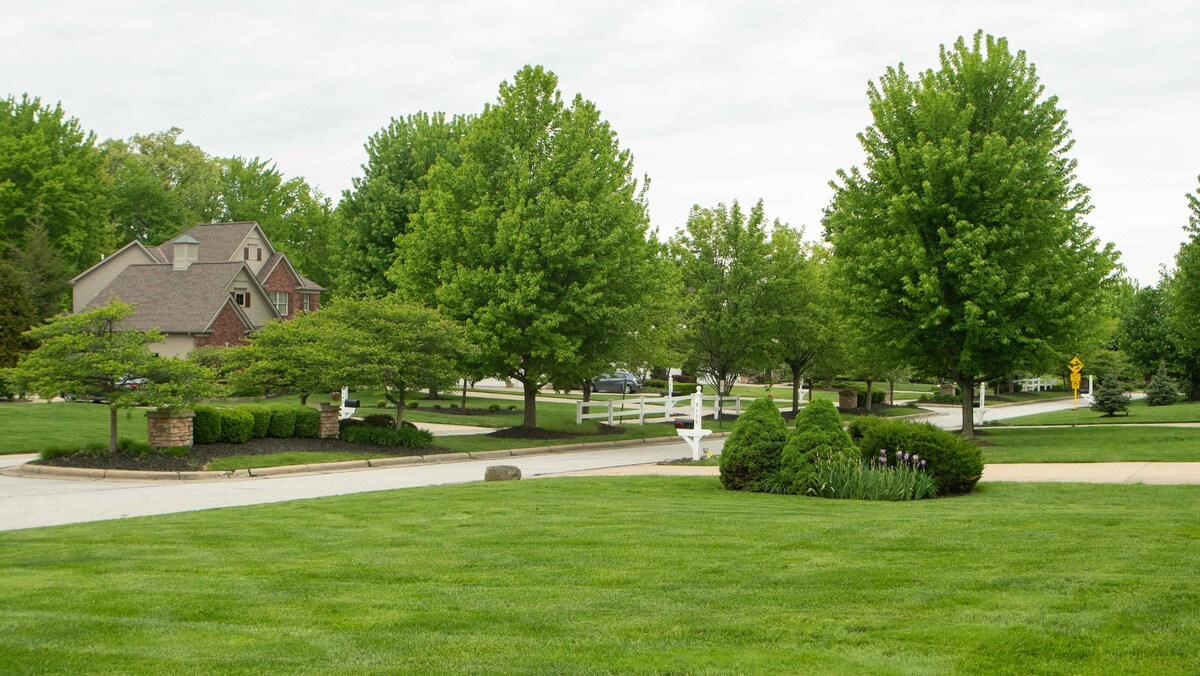

Landscaping Ideas
When To Seed Grass In Ohio
Modified: March 24, 2024
Looking for landscaping ideas in Ohio? Learn when to seed grass in Ohio and get your lawn looking its best with our expert tips and advice.
(Many of the links in this article redirect to a specific reviewed product. Your purchase of these products through affiliate links helps to generate commission for Storables.com, at no extra cost. Learn more)
Introduction
Welcome to the beautiful state of Ohio, where the diverse landscapes and changing seasons create a unique environment for cultivating lush, green lawns. Whether you’re a seasoned gardener or a first-time homeowner, understanding the best time to seed grass in Ohio is essential for achieving a vibrant and resilient lawn.
Ohio’s climate is characterized by its distinct four seasons, with cold winters, warm summers, and moderate precipitation throughout the year. The state’s varying soil types, including clay, silt, and loam, further contribute to the complexity of lawn care and landscaping. By delving into the intricacies of Ohio’s climate and soil, you can gain valuable insights into the optimal conditions for seeding grass and nurturing a thriving lawn.
In this comprehensive guide, we will explore the ideal timing for seeding grass in Ohio, the best grass seed varieties for the region, and essential tips for preparing the soil and caring for newly seeded grass. Whether you’re aiming to rejuvenate an existing lawn or establish a new one, this article will equip you with the knowledge and techniques needed to achieve a verdant and resilient lawn that enhances the beauty of your outdoor space.
Key Takeaways:
- Seeding grass in Ohio is best done in late summer to early fall, taking advantage of milder temperatures and increased moisture for robust germination and establishment, leading to a resilient and lush lawn.
- Choosing cool-season grass varieties like Kentucky bluegrass and fine fescue, and implementing proper soil preparation and seeding techniques, are essential for nurturing a thriving lawn in Ohio’s diverse climate and soil conditions.
Read more: When To Plant Sunflower Seeds In Ohio
Understanding Ohio’s Climate and Soil
Ohio’s diverse climate and soil characteristics play a pivotal role in determining the success of grass seeding and lawn maintenance. The state experiences four distinct seasons, with cold winters, warm summers, and moderate precipitation, creating a dynamic environment for landscaping and gardening.
During the winter months, Ohio’s temperatures can drop below freezing, posing challenges for grass survival. Additionally, the state is susceptible to snow cover, which can impact the soil’s moisture levels and overall lawn health. As spring emerges, temperatures gradually rise, offering an opportune time for grass seed germination and growth. However, the transition from spring to summer brings warmer temperatures and increased evaporation, necessitating proper irrigation and maintenance to sustain healthy grass growth.
Ohio’s soil composition varies across the state, encompassing clay, silt, and loam. Each soil type presents unique characteristics that impact water retention, drainage, and nutrient availability. Clay soils, prevalent in certain regions of Ohio, tend to retain water and nutrients but may become compacted, hindering root development. Conversely, sandy soils, while offering good drainage, may struggle to retain essential nutrients for grass growth. Understanding the specific soil type in your area is crucial for implementing targeted soil preparation and maintenance strategies.
By comprehensively understanding Ohio’s climate and soil, you can tailor your grass seeding and lawn care practices to align with the state’s seasonal fluctuations and soil dynamics. This knowledge forms the foundation for making informed decisions regarding the best time to seed grass, selecting suitable grass seed varieties, and implementing effective soil preparation techniques for optimal lawn health and vitality.
Best Time to Seed Grass in Ohio
Choosing the optimal time to seed grass in Ohio is crucial for ensuring successful germination and establishment. The state’s seasonal variations and climatic conditions directly influence the viability of grass seed and the subsequent growth of a healthy lawn. In Ohio, the best time to seed grass is during the late summer to early fall, typically from mid-August to mid-September.
During this period, Ohio experiences milder temperatures and increased moisture, creating favorable conditions for grass seed germination and establishment. The soil remains warm from the summer heat, promoting rapid seed germination, while the cooler air temperatures reduce the stress on emerging grass seedlings. Additionally, the increased precipitation in early fall provides essential moisture for the newly seeded grass, facilitating robust root development and overall growth.
Seeding during the late summer to early fall allows the grass seedlings to establish strong root systems before the onset of winter. This early establishment is advantageous, as it provides the grass with resilience against the harsh winter conditions, ensuring a higher likelihood of survival and healthy regrowth in the following spring.
While late summer to early fall is the prime time for seeding grass in Ohio, it’s important to monitor weather patterns and soil moisture levels to identify the optimal window for seeding. Avoiding periods of extreme heat or drought is essential, as these conditions can impede germination and compromise the success of newly seeded grass.
By strategically timing grass seeding in alignment with Ohio’s seasonal nuances, homeowners and landscapers can maximize the chances of achieving a lush and thriving lawn. Understanding the best time to seed grass sets the stage for successful lawn establishment and long-term vitality, enriching outdoor spaces with verdant beauty and natural resilience.
Choosing the Right Grass Seed
When it comes to seeding a resilient and visually appealing lawn in Ohio, selecting the right grass seed is a pivotal decision that significantly influences the overall success of lawn establishment and maintenance. The diverse climate and soil conditions across the state necessitate careful consideration of grass seed varieties that are well-suited to Ohio’s environment.
For homeowners and landscapers in Ohio, cool-season grasses are particularly well-adapted to the state’s climate. Varieties such as Kentucky bluegrass, fine fescue, and perennial ryegrass thrive in the cooler temperatures and moderate precipitation that characterize Ohio’s spring and fall seasons. These grasses exhibit resilience in the face of temperature fluctuations and are known for their lush, green appearance, making them popular choices for Ohio lawns.
When selecting grass seed, it’s essential to consider the specific requirements of your lawn, including sun exposure, soil type, and intended use. For areas with ample sunlight, Kentucky bluegrass excels in its ability to create a dense, luxurious lawn. Fine fescue, on the other hand, is well-suited to shadier areas and exhibits excellent tolerance to varying soil conditions. Perennial ryegrass is valued for its rapid germination and establishment, making it an ideal choice for overseeding and quick lawn repairs.
Furthermore, homeowners in Ohio can opt for grass seed blends or mixtures that combine different grass species to harness the unique strengths of each variety. These blends offer enhanced resilience, as different grasses complement each other in terms of growth habits, nutrient requirements, and tolerance to environmental stressors. By choosing a well-crafted grass seed blend, homeowners can achieve a visually appealing and robust lawn that withstands the rigors of Ohio’s climate.
When purchasing grass seed, it’s crucial to select high-quality varieties from reputable suppliers. Certified grass seed ensures genetic purity, germination rates, and freedom from undesirable weeds, setting the stage for successful lawn establishment and long-term vitality. By investing in premium grass seed, homeowners can lay the foundation for a lush and enduring lawn that enhances the beauty of their outdoor spaces.
By thoughtfully considering the unique attributes of different grass seed varieties and their compatibility with Ohio’s climate and soil, homeowners and landscapers can make informed choices that lead to the successful establishment of vibrant and resilient lawns.
The best time to seed grass in Ohio is in late summer to early fall, typically between mid-August and mid-September. This allows the seeds to establish before winter and gives them a head start for the following spring.
Preparing the Soil for Seeding
Proper soil preparation is a critical step in the process of seeding a healthy and vibrant lawn in Ohio. The state’s diverse soil types, including clay, silt, and loam, require targeted techniques to optimize soil structure, fertility, and moisture retention for successful grass seed germination and establishment.
Before seeding, it’s essential to assess the soil’s condition and address any underlying issues that may impede grass growth. In Ohio, many regions contend with compacted soil, which can hinder root development and water infiltration. Aeration, the process of perforating the soil with small holes, helps alleviate compaction and promotes better air and water movement within the soil. Core aeration, in particular, is beneficial for Ohio lawns, as it removes small plugs of soil, allowing for improved root penetration and nutrient uptake.
Additionally, amending the soil with organic matter, such as compost or well-rotted manure, enhances soil structure and fertility. Organic matter improves the soil’s ability to retain moisture, promotes beneficial microbial activity, and provides essential nutrients for grass growth. Incorporating organic amendments into the soil prior to seeding creates a favorable environment for robust root development and overall lawn health.
Soil pH plays a crucial role in the success of grass seeding, as it directly influences nutrient availability to the grass plants. Conducting a soil pH test is recommended to determine if the soil’s acidity or alkalinity needs to be adjusted. In Ohio, many lawns benefit from slightly acidic to neutral soil conditions. Applying lime to raise the pH or elemental sulfur to lower the pH can help create an optimal growing environment for grass seed germination and establishment.
Prior to seeding, it’s important to ensure that the soil surface is smooth and free of debris. Raking the soil gently creates a level seedbed, facilitating uniform seed coverage and contact with the soil. This step is crucial for maximizing seed-to-soil contact, which is essential for successful germination and the establishment of strong, healthy grass seedlings.
By implementing targeted soil preparation techniques, homeowners and landscapers in Ohio can create an optimal environment for seeding grass, setting the stage for robust germination, vigorous root development, and the establishment of a lush and enduring lawn that enhances the beauty of outdoor spaces.
Read more: When To Plant Grass In Northeast Ohio
Seeding Techniques
Implementing effective seeding techniques is essential for ensuring successful germination and the establishment of a thick and resilient lawn in Ohio. Whether seeding a new lawn or overseeding an existing one, employing the right methods maximizes the potential for strong grass growth and long-term vitality.
For homeowners and landscapers in Ohio, the process of seeding begins with selecting the appropriate seeding method based on the size of the area and the desired outcome. Broadcasting, or spreading the grass seed by hand or with a spreader, is suitable for larger open areas, while slit-seeding, which involves mechanically planting the seeds at the desired depth, is ideal for precise and uniform seed placement in existing lawns.
When broadcasting grass seed, it’s important to divide the seed into two equal portions and spread them in perpendicular directions. This crisscross pattern ensures even coverage and minimizes the risk of missed spots, promoting uniform germination and consistent grass growth. After spreading the seed, gently rake the soil surface to incorporate the seeds into the topsoil, facilitating good seed-to-soil contact for optimal germination.
Slit-seeding, also known as slice-seeding, is particularly effective for overseeding thin or patchy lawns. This method creates small furrows in the soil and deposits the seeds at the appropriate depth, enhancing seed-to-soil contact and increasing the likelihood of successful germination. Slit-seeding equipment is readily available for rental or purchase, offering homeowners and landscapers a precise and efficient means of establishing new grass growth in existing lawns.
After seeding, it’s essential to gently water the area to ensure that the soil remains consistently moist but not waterlogged. Adequate moisture is critical for seed germination and early root development, so it’s important to monitor the soil’s moisture levels and adjust the watering frequency as needed. Additionally, applying a light layer of mulch, such as straw or erosion control blankets, can help retain soil moisture, protect the seeds from birds, and provide a conducive environment for germination.
By employing appropriate seeding techniques and providing the necessary care and attention, homeowners and landscapers in Ohio can lay the groundwork for a lush and resilient lawn that enhances the beauty and functionality of outdoor spaces, creating a welcoming and vibrant environment for leisure and relaxation.
Caring for Newly Seeded Grass
After seeding a lawn in Ohio, diligent care and maintenance are essential for nurturing the newly seeded grass and ensuring robust growth and establishment. Proper watering, protection from environmental stressors, and timely maintenance practices are key to fostering healthy and resilient grass that enhances the beauty of outdoor spaces.
Watering is a critical aspect of caring for newly seeded grass, particularly during the germination and early growth stages. Keeping the soil consistently moist without waterlogging is crucial for promoting seed germination and supporting the development of strong, healthy roots. In Ohio, where seasonal precipitation patterns fluctuate, supplemental irrigation may be necessary to ensure adequate moisture levels for the newly seeded grass. Watering in the early morning or late afternoon minimizes water loss through evaporation and provides the grass with the opportunity to absorb moisture effectively.
Protecting the newly seeded area from environmental stressors, such as excessive foot traffic and intense heat, is essential for safeguarding the delicate grass seedlings. Erecting temporary barriers or signage to deter foot traffic and minimize disturbances to the seeded area can prevent soil compaction and damage to emerging grass. Providing shade to the newly seeded lawn during peak sunlight hours, particularly in the hot summer months, helps mitigate stress on the young grass and promotes healthy growth.
Maintaining a weed-free environment is crucial for supporting the development of newly seeded grass. While the grass is establishing its root system, competition from weeds can hinder growth and vitality. Monitoring the seeded area for weed emergence and promptly addressing any weed infestations through hand removal or targeted herbicide application helps create an optimal environment for the newly seeded grass to thrive.
As the newly seeded grass begins to establish itself, it’s important to adhere to proper mowing practices to encourage healthy growth and density. Once the grass reaches a height of approximately 3 inches, mowing can commence, with the blade set at a height that removes no more than one-third of the grass blade. This gentle approach to mowing minimizes stress on the grass and supports the development of a dense and resilient lawn.
By providing attentive care and implementing targeted maintenance practices, homeowners and landscapers in Ohio can nurture the newly seeded grass to maturity, establishing a lush and enduring lawn that enriches outdoor spaces with natural beauty and vitality.
Conclusion
Seeding and nurturing a vibrant lawn in Ohio is a rewarding endeavor that enriches outdoor spaces with natural beauty and functionality. By understanding Ohio’s climate and soil dynamics, homeowners and landscapers can make informed decisions regarding the best time to seed grass, the selection of suitable grass seed varieties, and the implementation of effective soil preparation and seeding techniques.
The late summer to early fall period emerges as the prime time for seeding grass in Ohio, capitalizing on favorable temperatures and increased moisture to support robust germination and early growth. Selecting cool-season grass varieties, such as Kentucky bluegrass, fine fescue, and perennial ryegrass, aligns with the state’s climate and promotes the establishment of resilient and visually appealing lawns.
Proper soil preparation, including aeration, organic amendments, and pH adjustment, creates an optimal environment for successful grass seed germination and establishment. Thoughtful seeding techniques, such as broadcasting and slit-seeding, ensure uniform seed coverage and robust seed-to-soil contact, setting the stage for healthy grass growth.
Caring for newly seeded grass demands attentive watering, protection from stressors, weed management, and mindful mowing practices. By providing the necessary care and attention, homeowners and landscapers can nurture the newly seeded grass to maturity, establishing a lush and enduring lawn that enhances the beauty and functionality of outdoor spaces.
Ultimately, the journey of seeding and nurturing a lawn in Ohio is a testament to the transformative power of nature, where careful planning, thoughtful execution, and dedicated care converge to create a flourishing and inviting outdoor environment. As the grass takes root and flourishes, it becomes a living tapestry that enriches the landscape, providing a vibrant backdrop for leisure, relaxation, and cherished moments with family and friends.
With a deep understanding of Ohio’s unique landscape and a commitment to conscientious lawn care practices, homeowners and landscapers can cultivate thriving and resilient lawns that stand as testaments to the enduring beauty of nature.
Frequently Asked Questions about When To Seed Grass In Ohio
Was this page helpful?
At Storables.com, we guarantee accurate and reliable information. Our content, validated by Expert Board Contributors, is crafted following stringent Editorial Policies. We're committed to providing you with well-researched, expert-backed insights for all your informational needs.
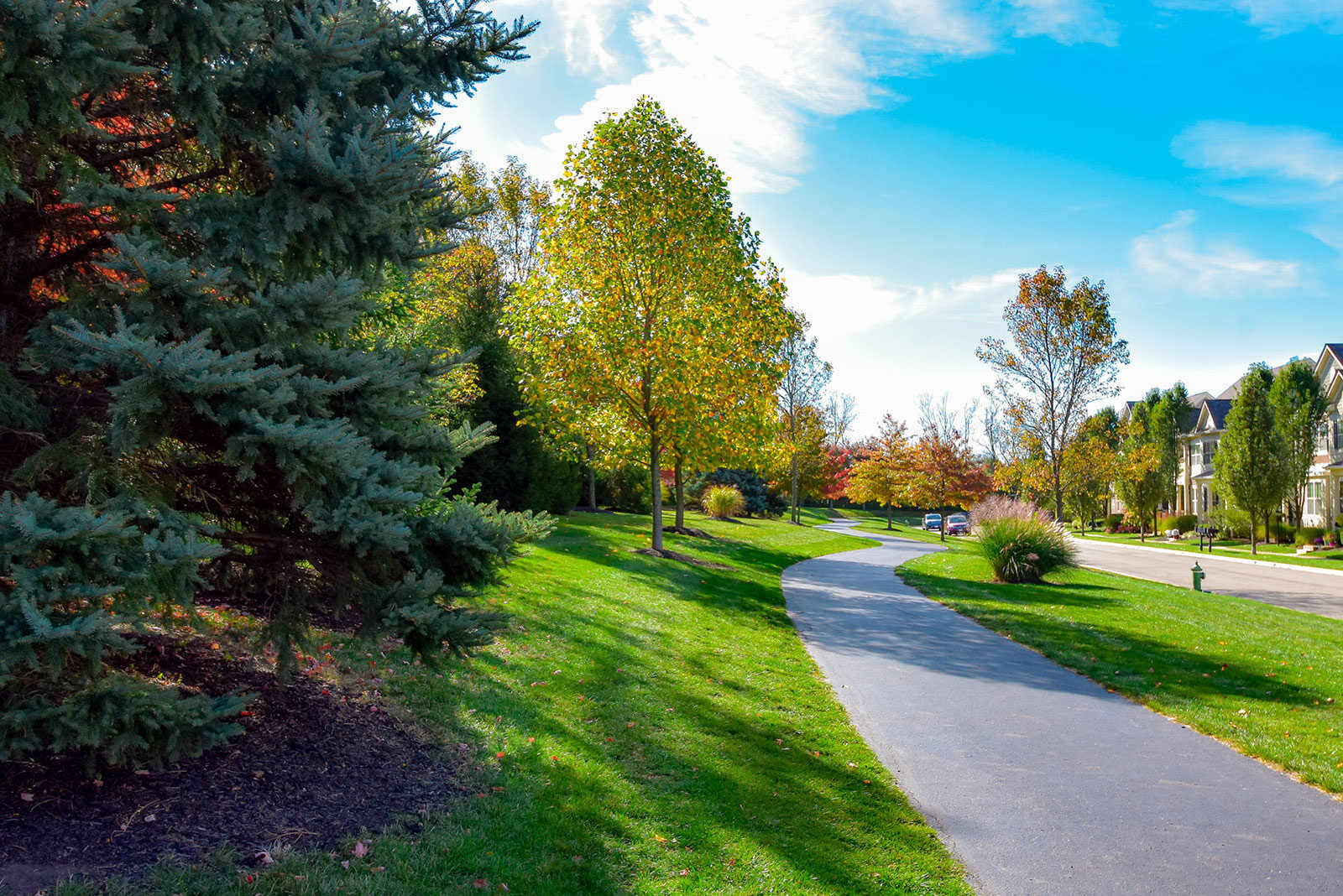
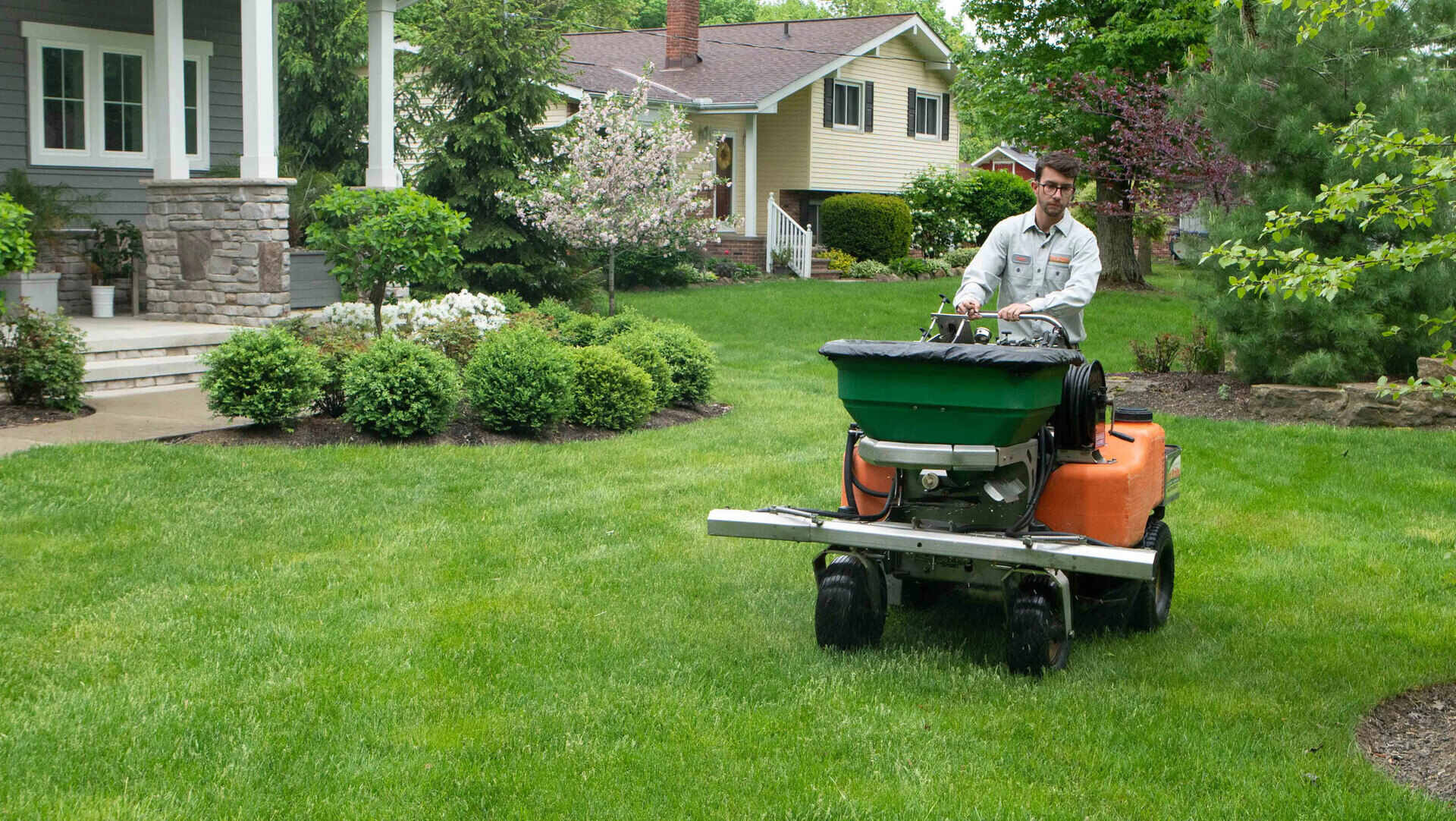
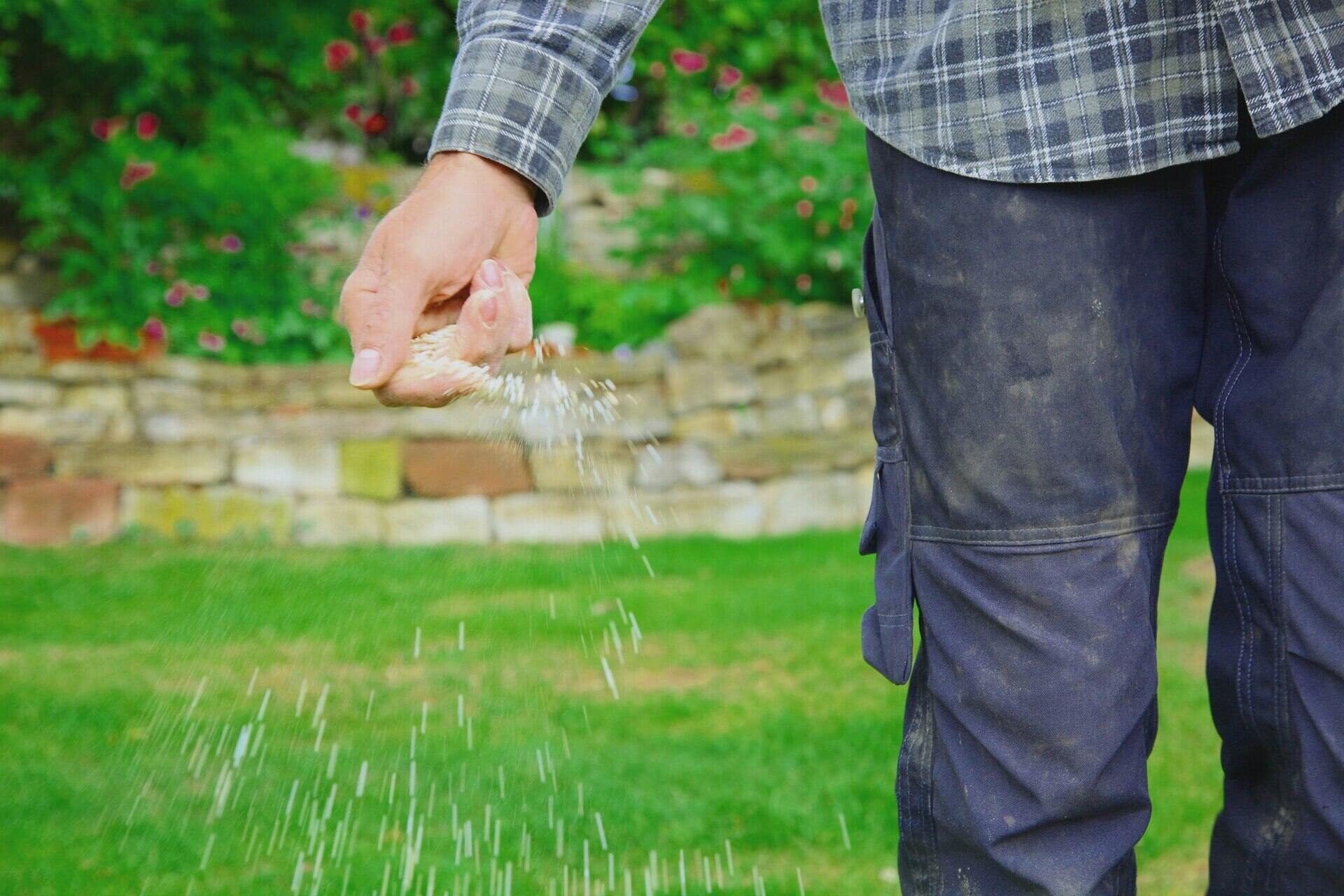
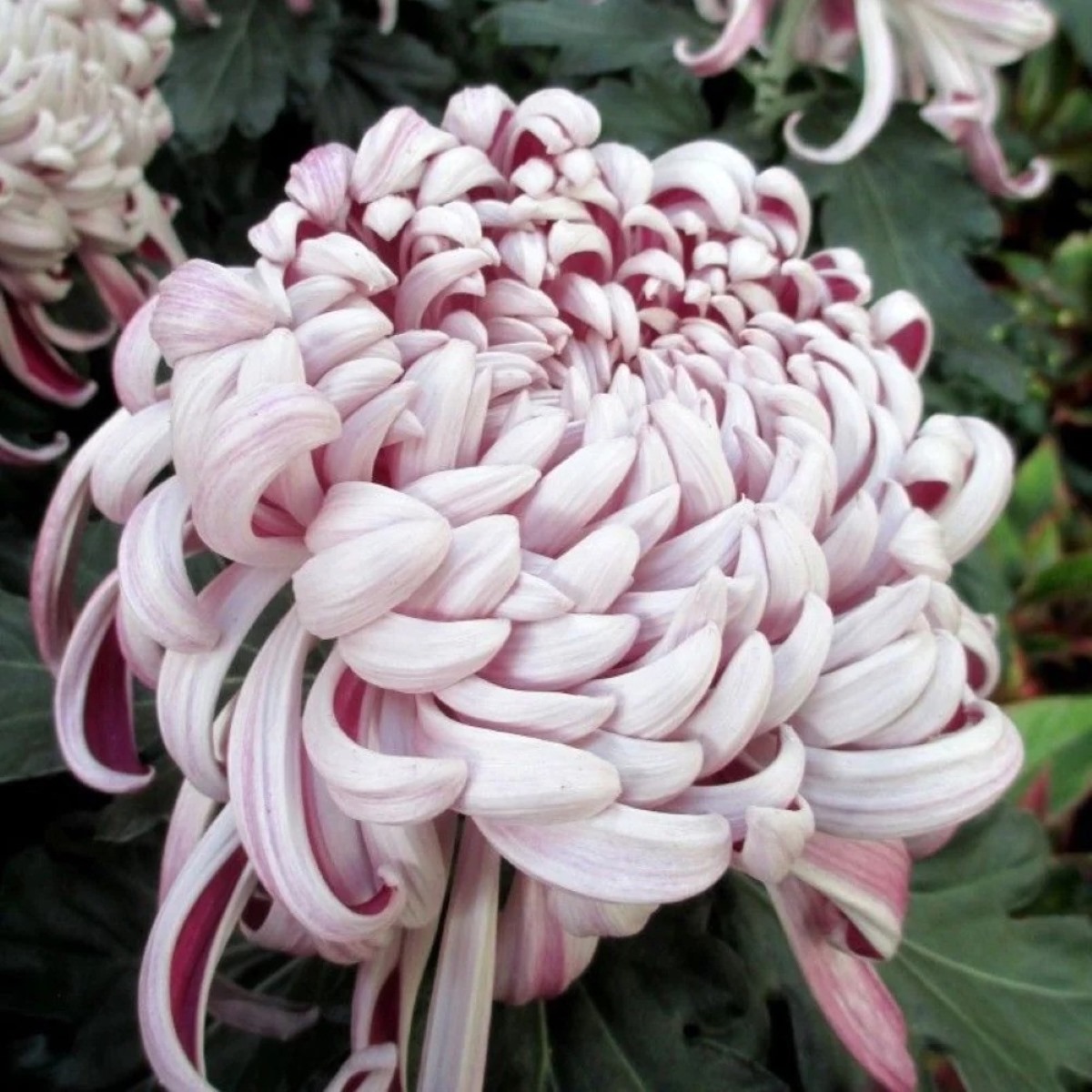



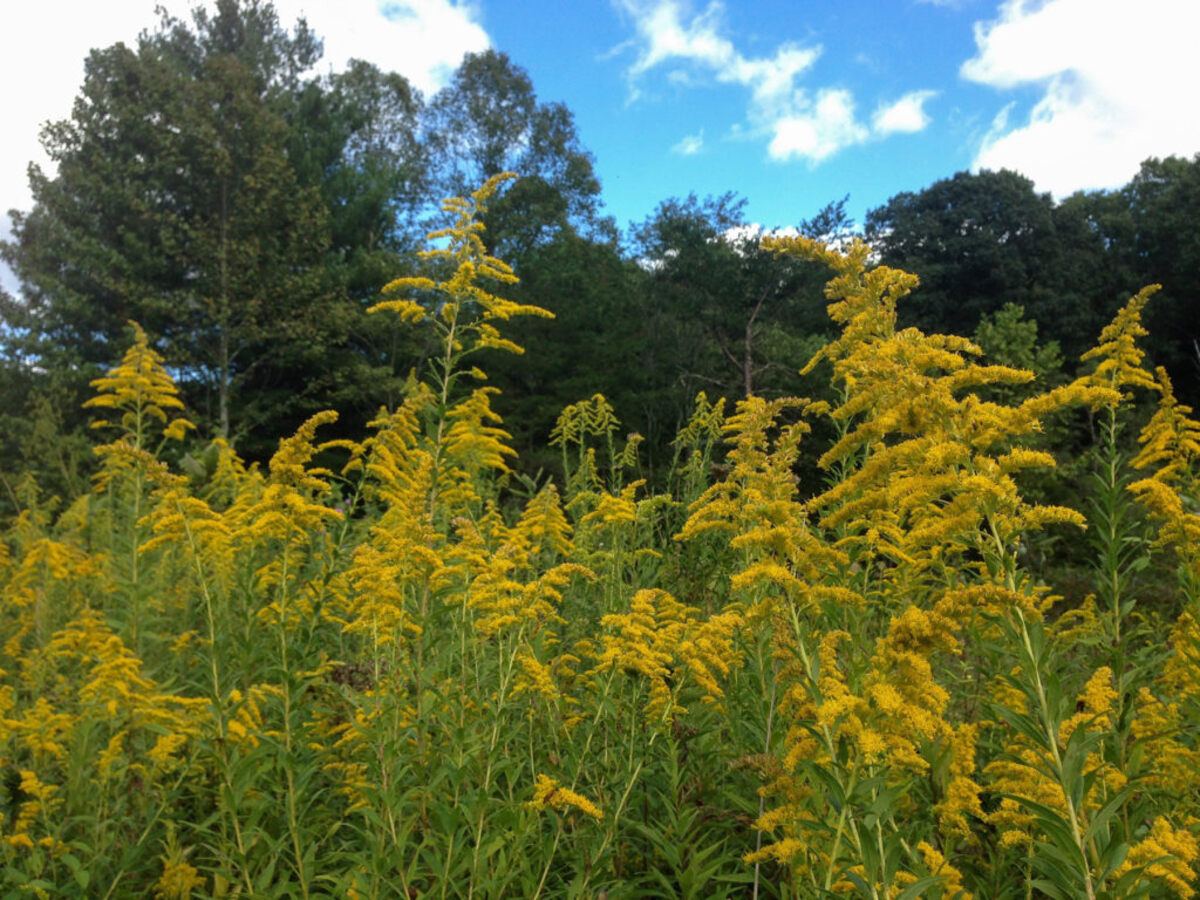
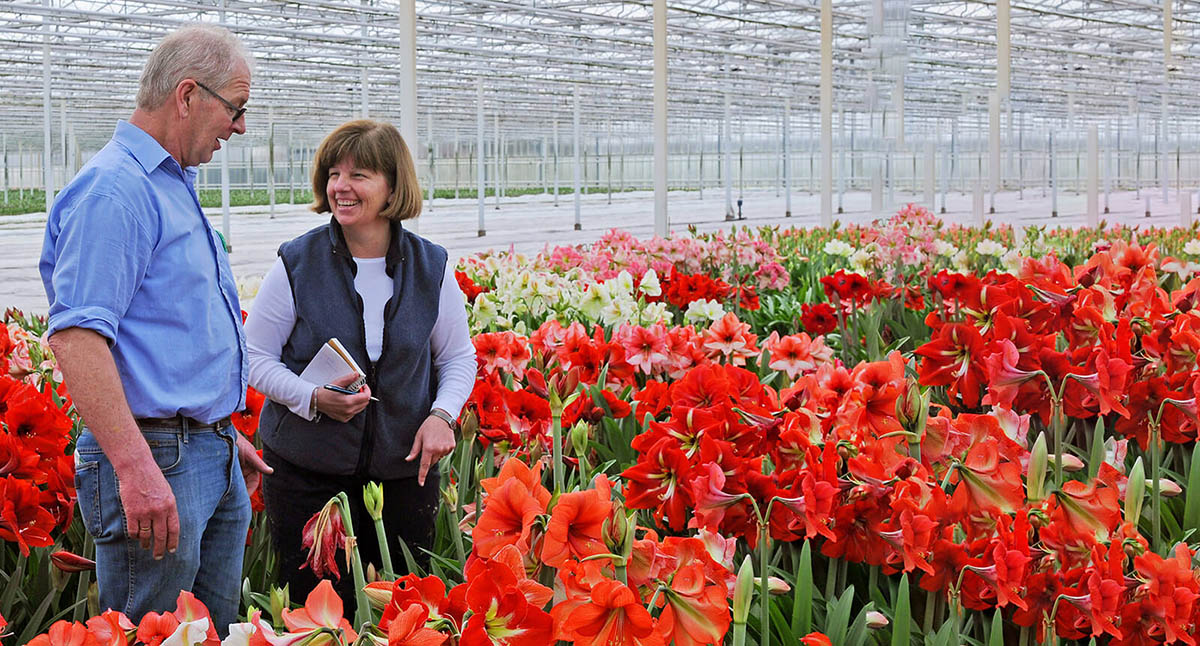
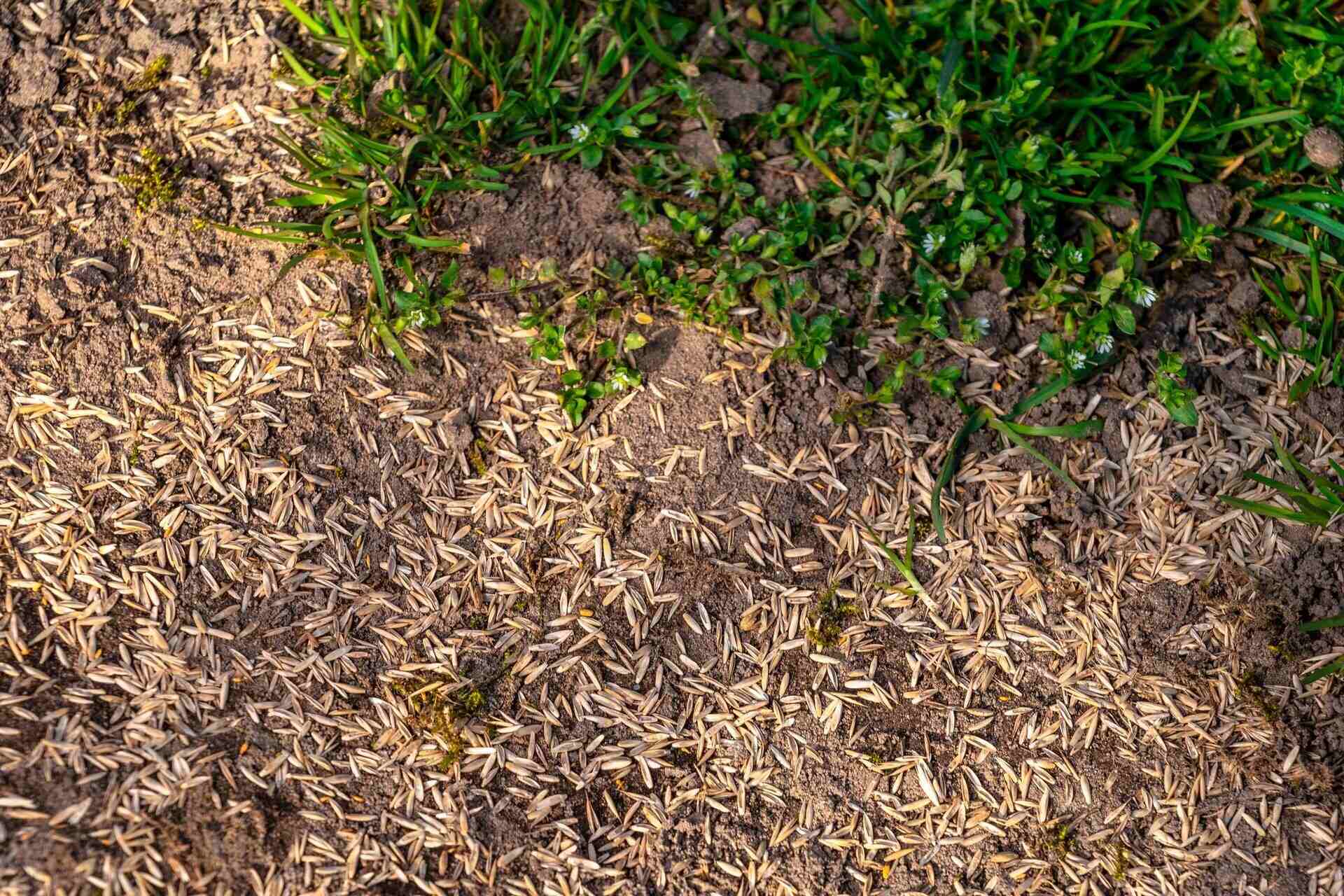

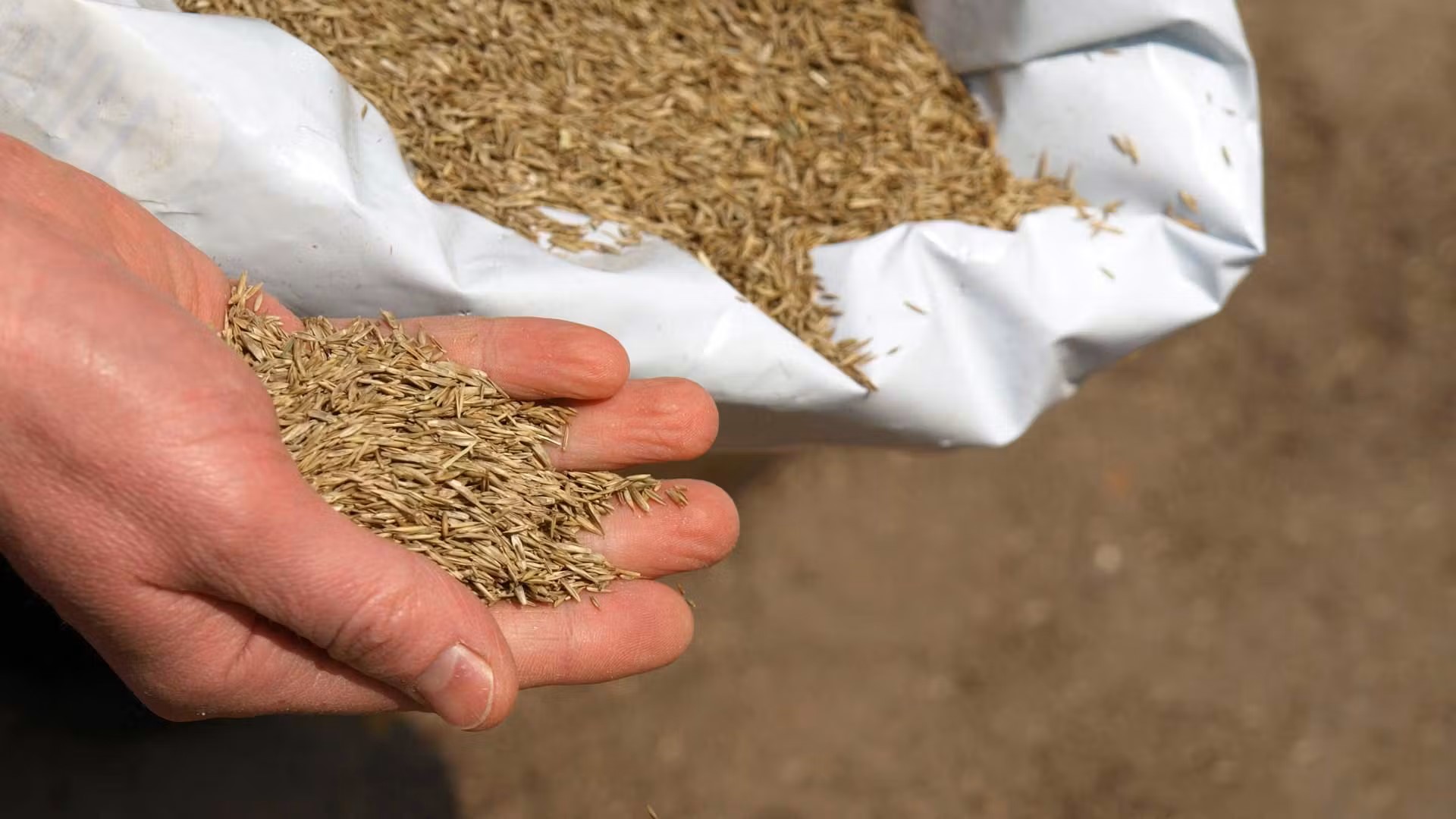
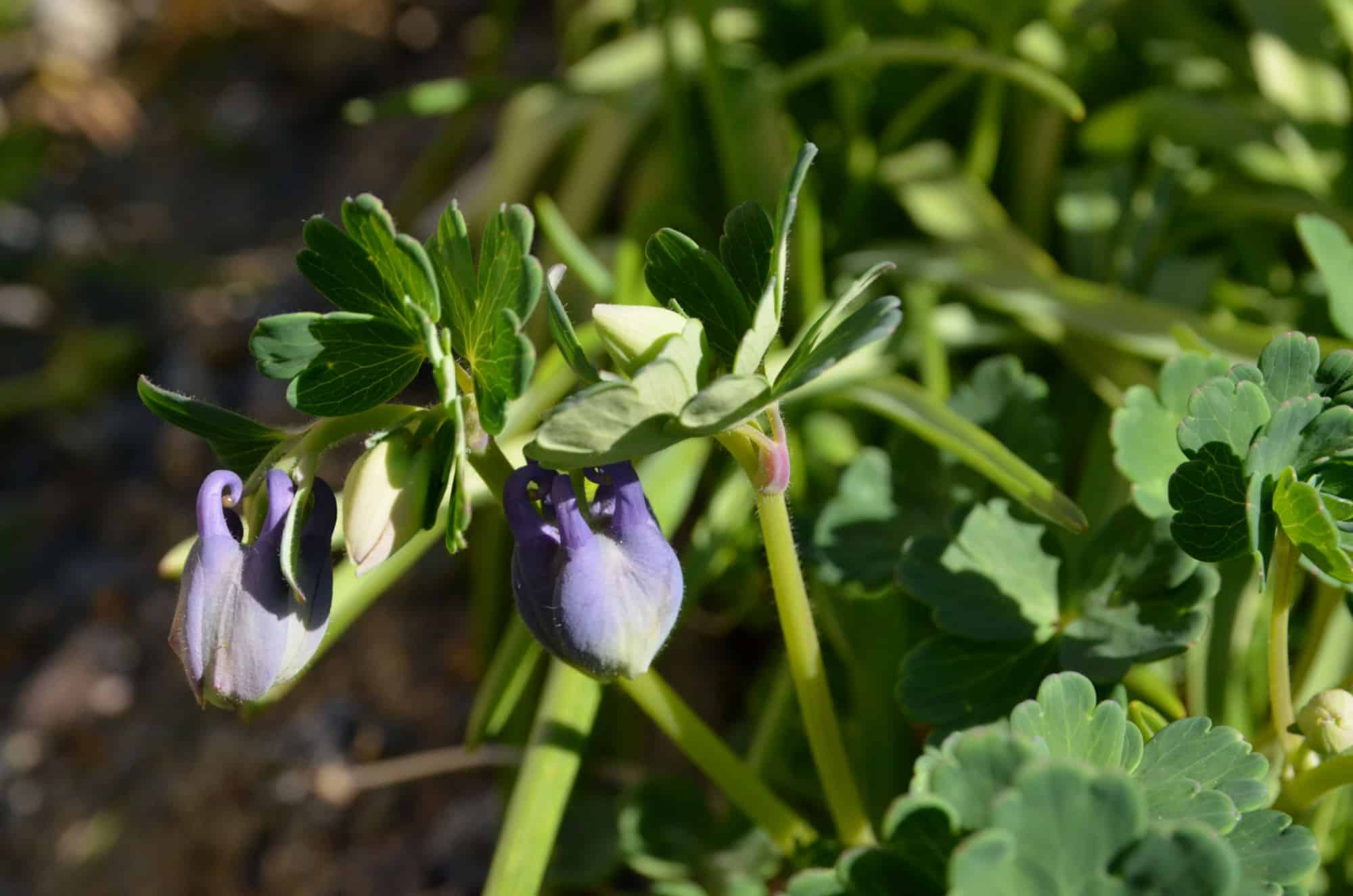
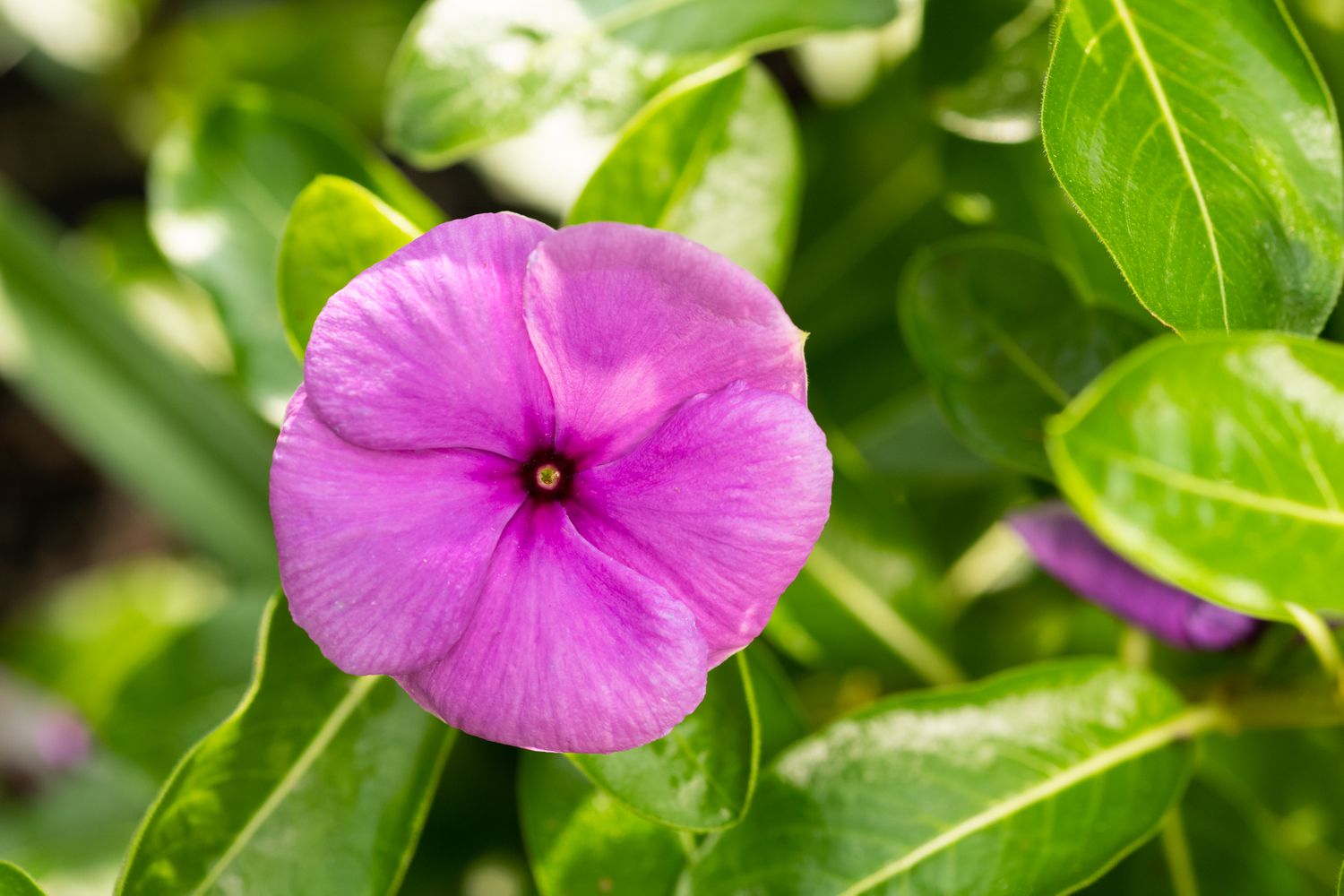

0 thoughts on “When To Seed Grass In Ohio”